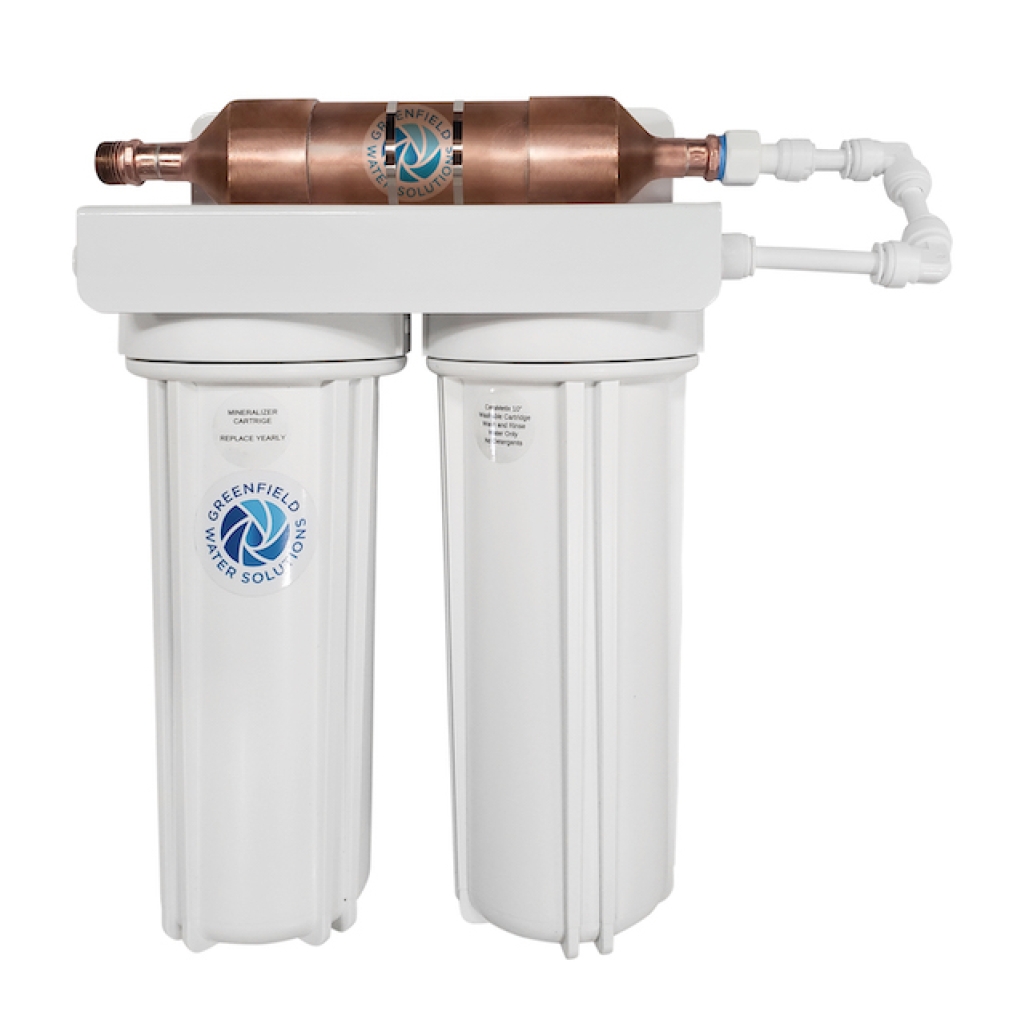Image Source – Google
In today's world, ensuring the safety and security of our homes has become more important than ever. With the rise of technology, one of the most effective ways to boost home security is through the installation of CCTV cameras. These cameras not only act as a deterrent to potential intruders but also provide valuable evidence in the case of a break-in. In this article, we will discuss the importance of CCTV camera installation in enhancing home security.
The Benefits of CCTV Cameras
Deterrence
- CCTV cameras act as a visible deterrent to potential intruders. The presence of cameras can make burglars think twice before attempting to break into a property.
- By making it clear that your home is under surveillance, you are sending a message that you take security seriously, which can help prevent criminal activity.
Monitoring
- CCTV cameras allow you to monitor your property in real-time. With remote access to live video feeds, you can keep an eye on your home from anywhere in the world using a smartphone or computer.
- This monitoring feature is especially useful for homeowners who travel frequently or have second homes that need to be looked after.
Evidence Collection
- In the unfortunate event of a break-in or vandalism, CCTV cameras can provide crucial evidence to help law enforcement identify the perpetrators and bring them to justice.
- High-quality footage captured by CCTV cameras can be used in court as evidence, increasing the chances of a successful prosecution.
Types of CCTV Cameras
Indoor Cameras
- Indoor CCTV cameras are ideal for monitoring the inside of your home, including entryways, living rooms, and valuables.
- These cameras are typically smaller and more discreet, blending in with your home decor to maintain a low profile.
Outdoor Cameras
- Outdoor CCTV cameras are designed to withstand the elements and provide surveillance of the exterior of your property, including driveways, yards, and perimeter walls.
- These cameras are equipped with features such as night vision and motion detection to ensure comprehensive security coverage.
Wireless Cameras
- Wireless CCTV cameras offer easy installation and flexibility in placement, as they do not require cables for connectivity.
- These cameras are powered by batteries or solar panels, making them suitable for areas where running wires is not practical.
Factors to Consider When Installing CCTV Cameras
Location
- Choose strategic locations for your CCTV cameras to ensure optimal coverage of your property. Common areas to monitor include entry points, windows, and blind spots.
- Avoid placing cameras in areas where they can be easily tampered with or obstructed, such as near tree branches or within reach of intruders.
Resolution
- Opt for CCTV cameras with high resolution to capture clear and detailed images. Higher resolution cameras provide better quality footage, making it easier to identify faces and license plates.
- Consider investing in cameras with features such as 4K resolution and digital zoom for enhanced clarity.
Storage
- Choose a reliable storage solution for storing video footage captured by your CCTV cameras. Options include on-site DVRs/NVRs or cloud storage services.
- Ensure that your storage solution has enough capacity to retain footage for an extended period, especially if you plan to keep recordings for evidentiary purposes.
Conclusion
Overall, the installation of CCTV cameras is a crucial step in enhancing home security and providing peace of mind for homeowners. From deterring intruders to capturing valuable evidence, these cameras offer a range of benefits that can help protect your property and loved ones. By choosing the right type of CCTV cameras, considering key factors during installation, and leveraging the latest technology, you can create a comprehensive security system that meets your specific needs. Invest in CCTV camera installation today and take a proactive approach to safeguarding your home.







